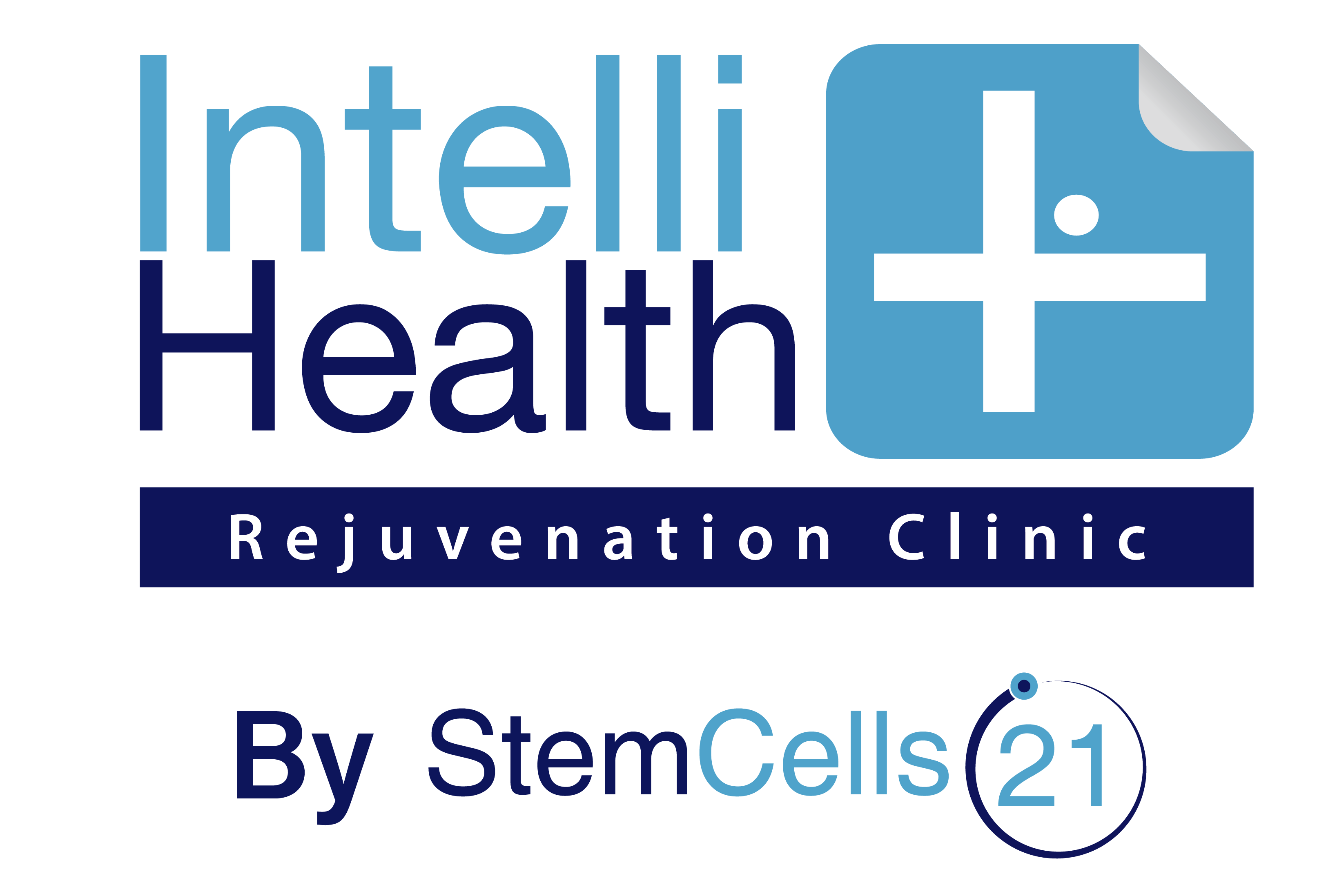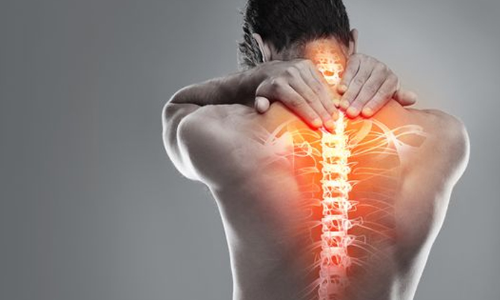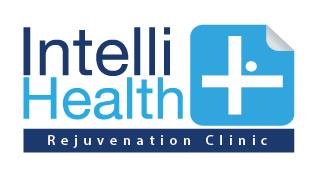Spinal Disorders
Spinal Disorder Program
Lower Pain. Increase Mobility. Regenerate Your Spine.
SD is an age-related degenerative disease that can manifest in multiple conditions, most of which involve the deterioration of spinal components including the vertebrae, the intervertebral discs, and the bundle of nerves forming the cord itself.
The exact causes of SD varies depending on the condition, and are unknown for certain conditions. However, most SD are correlated with the following causes:
- Age: Patients naturally increase their risk for SD as they grow older.
- Weakness: From a lack of support caused by underdeveloped core muscles.
- Heavy Lifting: From work or sport that involves excess strain on the lower back.
- Genetics: From a family history of spinal issues or other musculoskeletal disorders.
- Posture: From strain on the discs due to sitting too long or poor posture.
- Lifestyle: From Obesity, smoking (or other nicotine intake), and other factors.
No matter the exact cause of a patient’s SD condition—or the exact condition they express—most individuals find their SD will naturally progress and worsen over time. If untreated the underlying damage to the spinal tissues will increase, leading to pain, discomfort, and a loss of mobility. Eventually, the condition can progress and begin to negatively impact the functioning of other parts of the patient’s body.
In short: SD is a debilitating degenerative disorder that can only be effectively treated by regenerating the affected spinal tissue or nerves, repairing damage to any impacted bones, and restoring the healthy structure and functioning of the spine.

Risks of Spinal Disorders
- Family history of back pain or musculoskeletal disorders
- Excessive strain on the low back caused by sports, frequent heavy lifting, or labor-intensive jobs
- Strain on the lumbar spinal discs due to prolonged sitting and/or poor posture
- Lack of support for the discs due to weak core muscles
- Obesity
- Smoking, or any form of nicotine intakeLifestyle factors that affect overall health can have an impact on the spinal discs
Symptoms of Spinal Disorders
Common signs include Pain that:
- Is in your lower back, buttocks, or upper thighs
- Comes and goes. It can be nagging or severe, and can last from a few days to a few months.
- Feels worse when you sit, and better when you move and walk
- Feels worse when you bend, lift, or twist
- Gets better when you change positions or lie down
Treatment for Developmental Disorders
We offer treatment to a wide range of spinal disorder patients, who have developed any of the most common conditions, including:
Develops when spontaneous cell death within the spinal discs (the spongy tissue between the vertebrae), or by the cartilaginous endplates in the spine failing to deliver sufficient nutrition for these cells. In both cases, disc tissue can degenerate, as can the annulus brosus (the outer casing of the disc), leading to nagging or severe pain in various positions and through different movements.
Also known as a bulged, slipped, or ruptured disc, develops when one or more disc pushes out of the annulus, and interfere with the functioning of any spinal nerves it contacts. This condition can cause pain in the back, arms, or legs, as well as tingling, numbness, and overall weakness of the spine and the surrounding muscles, leading to lack of mobility and physical capabilities.
Develops as the spaces within the spine narrow, placing pressure on the spinal cord’s nerves, and which can manifest in pain, tingling, numbness, or muscle weakness— all of which can increase over time. Spinal stenosis is most commonly caused by age-related wear-and-tear, or as a side effect of other conditions, such as Osteoarthritis (OA).
Develops due to degeneration of, and damage to, the sciatic nerve— a large nerve that travels from the lower back through the legs. If a patient with sciatica places pressure on this nerve—most often through normal movement and activity—they can cause substantial pain down the lower back, and through the legs, hips, and buttocks. Sciatica is most often a side effect of other spinal conditions.
In addition to patients with these specific conditions, we also provide treatment for patients who experience any of the many other less-common conditions related to spinal degeneration.
How we treated?
We offer a regenerative approach to Spinal Disorders. Our approach treats Spinal Disorders as the complex by assisting the body’s own ability to repair and regenerate spinal tissue, bones, and nerves that have degenerated due to the condition.
We create a customized treatment package for each of our patients. However, each of our treatment packages include an individualized combination of the following core components.
Our approach has produced partial or significant improvement to all of our patients’ conditions in a relatively short period of time. Depending on the stage of each patient’s condition, our approach has produced results either almost immediately, or within the first few months following treatment. For even the most challenging cases, we have produced improvement within six months of initial treatment.

Treatment Program Include
Personalised Program
Our team will review medical information and perform a consultation. Then our doctor will design a treatment plan on an individual basis.
Treatment Program
In all treatment plans we provide a comprehensive range of health check up tests, scientifically driven modern treatments, and a range of high impact standard therapies.
Take Home Course
With each of our treatment packages our patients will received a set of personalised compounded nutrition designed to meet their nutritional needs and support treatments given.
Book a FREE Consultation Now
IH+ Contact Form
Contact our international team of medical professionals with language services available in English, Thai, Arabic, Chinese, Spanish, and Russian.
Please indicate your preferred language and we will do our best to accommodate your request.


